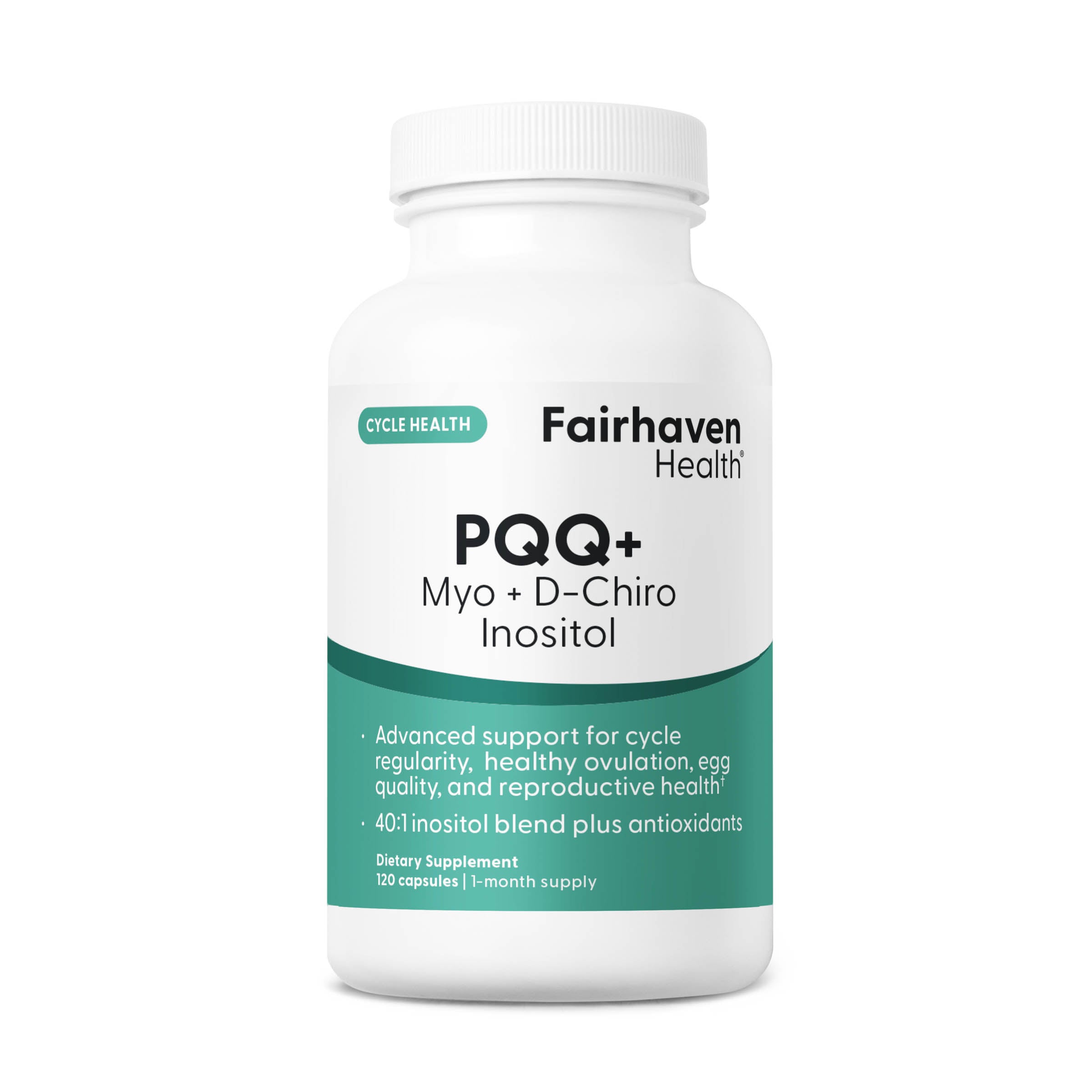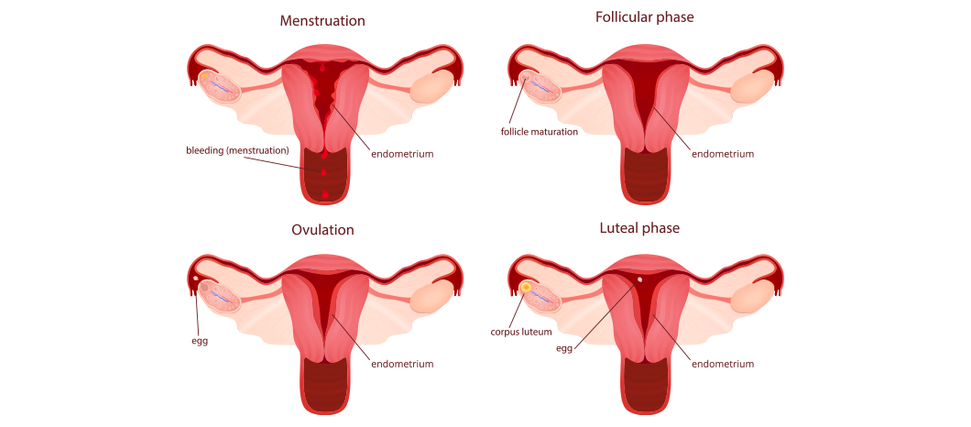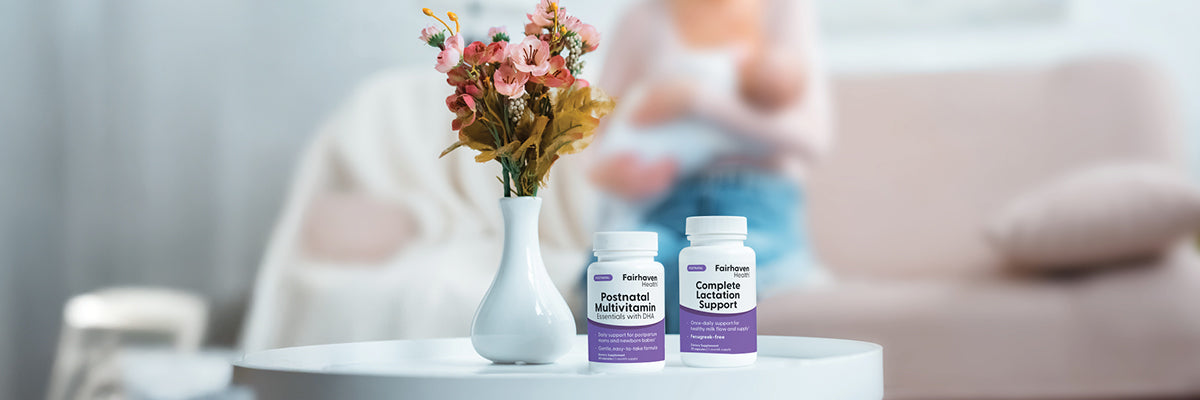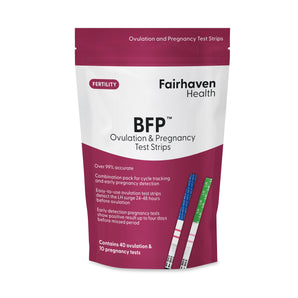Behind the Birds and the Bees
Ovulation is understood, in simple terms, as the release of the ovum, or egg, from the ovary, or ovarian follicle. When the ovarian follicle attains maturity, it ruptures and releases an ovum into the fallopian tube. This is the brief period during a woman's cycle when she will be at peak fertility (i.e., most likely to conceive a baby).
Ovulation occurs each month during the ovulatory phase of the menstrual cycle. In a 28-day cycle, ovulation should take place in an "ideal world" on day 14. However, many variables can affect when ovulation takes place. Many women have longer or shorter menstrual cycles (28 days is by no means a 'norm'), and factors like age, hormonal balance, stress, travel, diet, and health issues can influence when ovulation actually takes place. Ovulation can take place as early as cycle day eight, or as late as three or more weeks into a woman's cycle. By charting fertility (your monthly cycle patterns), you can learn the length of your menstrual cycle and therefore better predict when ovulation takes place for you. For a 5-7 day advanced notice of ovulation, consider using an electrolyte-based fertility tracker.
Towards Ovulation: Cycle Stages
Follicular Phase: During the first part of the menstrual cycle, a woman goes through the follicular phase in which the egg (or ovum) matures. The process by which certain reproductive hormones are released and the egg develops is called folliculogenesis. During the first part of a woman's cycle, hormones like FSH, LH, and estrogen take center stage and perform a complex reproductive dance. FSH stimulates the development of the ovarian follicle and estrogen helps build up the uterus for pregnancy. Estrogen also stimulates LH (luteinizing hormone), an agent that helps in "making ovulation happen" - the rupture of the ovarian follicle and the release of the egg.
Ovulatory Phase: As a woman nears midcycle, she enters the ovulatory phase. Due to the influence of estrogens, cervical fluids increase and become more fertile (thin, stretchy, like egg white). A sudden increase of the LH hormone acts on the ovarian follicle, breaking down the surface of the follicle where the egg is housed. As LH rapidly increase, a hole - or 'stigma' - appears in the follicle surface. Ovulation takes place when the egg is released from the follicle. At this point, the ovum enters the fallopian tube and is carried downward toward the uterus (and, if you are trying to become pregnant, the awaiting sperm).
Post-Ovulation: At this juncture, the ovum is on its way. However, it's important to note that an egg, once released, can only live for a short period of time, typically less than 24 hours. This is why timing lovemaking around your ovulation date is so important to fertility and increasing your odds of becoming pregnant.
BBT Temps at Ovulation: Once the egg leaves the ovarian follicle, the follicle itself collapses and becomes a corpus luteum. The corpus luteum's job is to start producing the hormone progesterone. Progesterone acts to heat up the body in preparation for pregnancy. Shortly after ovulation, a woman's body temperature increases, generally by 0.5 to 1.0 degrees Fahrenheit . By BBT charting (the daily measuring of your 'resting' temperature), a woman can learn when ovulation has taken place. This is instructive because she can record her ovulation date and predict future ovulation dates based on previous monthly cycle patterns.
Luteal Phase: During the luteal phase, either conception takes place and the fertilized egg (embryo) implants in the uterus (pregnancy), or conception does not occur and the egg simply disintegrates. If pregnancy is achieved, a hormonal signal is sent to the corpus luteum to continue producing progesterone in order to maintain the pregnancy. If pregnancy is not achieved, progesterone levels will gradually fall and a woman's body will prepare itself for menstruation.







